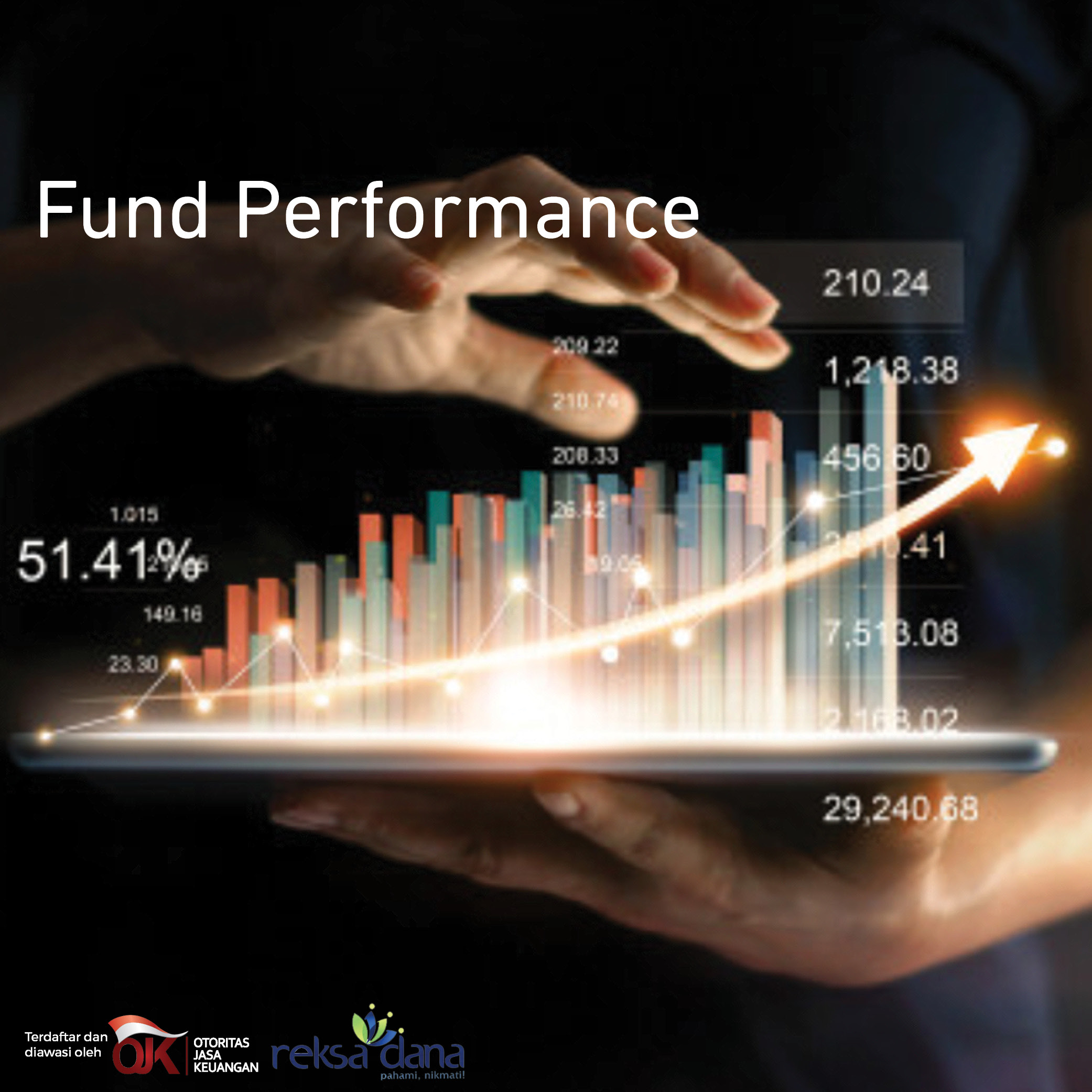Flipped back to a trade surplus in August
After recording a deficit a month before, August trade data posted small surplus of USD85.1 mn as the exports fell by 7.60% MoM into USD14.28 bn while the imports slipped slightly deeper by 8.53% MoM into USD14.20 bn, compared to the trade data in July 2019. The August surplus was lower than the Bloomberg consensus of USD162.9 mn but came above our estimates of USD40.7 mn of trade deficit. We predicted that the deficit would remain since the global strain just got a little loose on September such as the positive signal from trade talk between US and China which had just emerged in the beginning until second week of September 2019. This notion was based from the fact that China is the biggest market for Indonesia’s exports followed by the US and Japan by USD2,270.6 mn, USD1,594.1 mn and USD1,178.4 mn respectively, which built up Indonesia’s export destination as much as 37.62% altogether in August.
Fossil fuel exports failed but still backed up
The decrease in export values were mainly affected by the decreased exports on the fossil fuel by USD157.9 mn (8.23% YtD) but at the same time was uplifted by the increase in export values from jewelry or diamond by USD168.8 mn (25.31% YtD) and other across various types of goods. Even though fossil fuel seemed tumbled, but it still contributed 14.84% of total exports from January to August 2019 as much as USD1,759.2 mn, followed by the vegetable saps and extracts which displayed serious number as much as USD1,391.8 mn or contributed by 10.69% to total exports from the non-oil and gas sector.
Intermediate goods still dominate the imports
The top partner countries from which Indonesia imports goods are China, ASEAN countries, Japan and followed by US by 29.17%, 19.54%, 10.75% and 5.60% respectively from the total import of non-oil and gas sector. The biggest contributor for total import was raw/intermediate goods (74.37%) but it became the main laggard as it posted -10.70% YoY growth followed by consumption goods and capital good by -10.47% and -5.72% YoY growth as much as USD9,967.2 mn, USD1,198.5 mn and USD1,117.8 mn respectively. This composition of slowing down numbers may put Indonesia on risk as Indonesia still needs the intermediate and capital goods for the manufactures. Amid the daunting numbers, there is a glimmer of hope that IDR is getting stable against USD, has strengthened to below Rp14,000/USD, meanwhile the trend gets declining so the local importers may adjust with the change conveniently.
Global downturn turned imports down
The imports value can fell harder since the demand from all components from oil and gas sector decreased like crude oil by USD27.7 mn (5.70% MoM), oil products by USD67.6 mn (6.31% MoM) and gas by USD22.3 mn (11.67% MoM). On the same direction, from the non-oil and gas sector, the fall of imports were mainly swayed by the decrease of machinery and mechanical appliances by USD259.8 mn (9.88% YtD) as it contributed 18.02% from total import from non-oil and gas sector from January to August 2019. This is not surprising as Indonesia’s major trade partners come from countries that are facing the economic downturn.
Trade surplus and stronger Rupiah to support BI’s dovish stance
As August surplus has more than offset July deficit, we see improving trend of CAD for 3Q19. This trade may lead BI to become more confident to continue loosening monetary policy coupled with stronger Rupiah in the last couple of days. In the same week, there will be Bank Indonesia Board of Governor’s Meeting, as well as the Federal Open Market Committee (FOMC) Meeting. This trade surplus and the stable currency may bring positive signal for dovish action to be taken. We now expect BI to cut the BI7DRR by 25 bps from 5.50% to 5.25% this week to increase the aggregate consumption and to boost the exports.
















